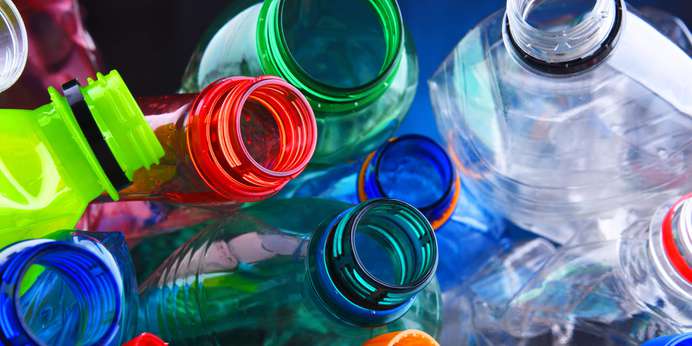
At HunterLab, we've spent more than 70 years becoming experts in the field of color measurement and observing how product coloration affects consumer preferences. We've learned that color is vital in every aspect of product marketing, from the product itself to all its packaging. We've produced solutions that enable manufacturers to measure color accurately in many products, including plastic bottles.
What Influences the Color of Plastic?
Plastic is known for its versatility. The material can be molded and colored in almost any way — and the color is baked into the plastic itself, so it has little chance of fading or changing once it's been cured. Still, some factors may change the way your plastic bottles look in stores, such as:
- Light: At its core, color measurement is about assessing how light interacts with an object to produce the color we perceive. Different types of light can make colors on the same object appear differently to the human eye.
- Opacity: Just as plastic can be made into any color, it can come in various opacities. From completely opaque to clear and transparent, differences in translucence will change the way your bottles' color is perceived.
- Gloss: Gloss is a measure of an object's reflectance, which more or less refers to how shiny something is. A glossier piece of plastic is more reflective, which affects the appearance of the color underneath.


